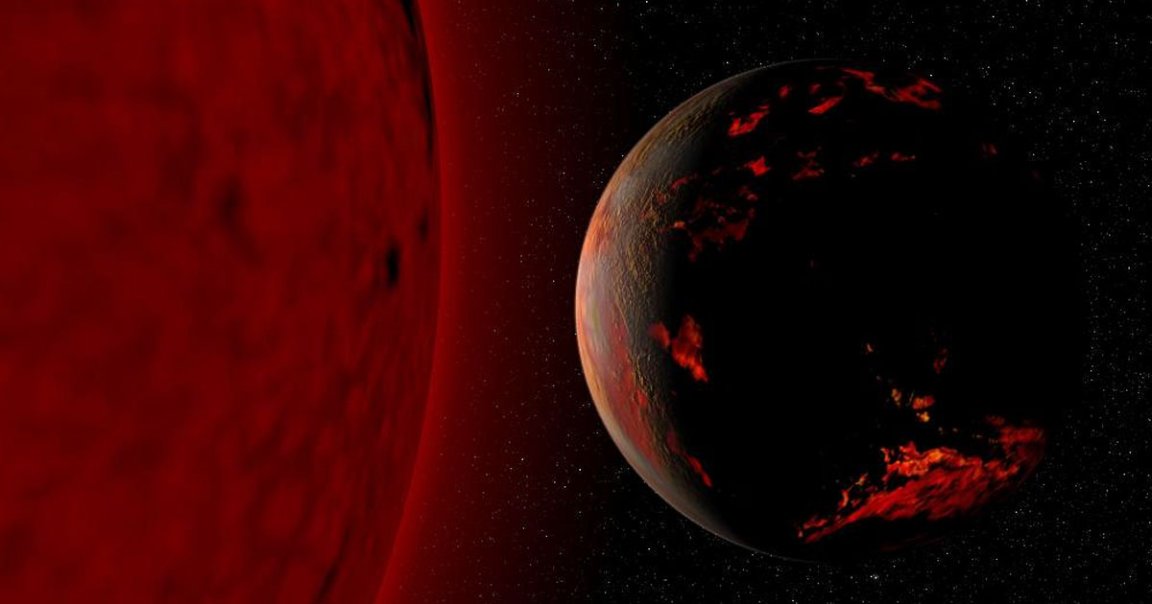
An international team of astronomers have identified a strange exoplanet — which shouldn’t exist, according to their calculations.
By examining the oscillations of a star system 364 light-years away, Space.com reports, the team found that an exoplanet was apparently swallowed whole by its star when it turned into a red giant. And yet, somehow, the planet appears to still exist.
The discovery could force astronomers to rethink the way stars live and die — and what happens to their exoplanets.
A star becomes a red giant towards the end of its life cycle, its outer atmosphere ballooning outwards and its outer surface reaching extremely hot temperatures. Depending on its size, it can then explode in a supernova to form a black hole or collapse in on itself into an extremely dense white dwarf.
By analyzing data from NASA’s Transiting Exoplanet Survey Satellite, the team concluded that the star probably engulfed its unlocky planet — but that it somehow survived.
“Stellar analysis seems to suggest that the star is too evolved to still host a planet at such a ‘short’ orbital distance, while from the exoplanet analysis we know that the planet is there!” said Vardan Adibekyan from the Faculdade de Ciências da Universidade do Porto, co-author of a paper published in the Astrophysical Journal last week, in a statement.
There is another possibility that Adibekyan finds likely: the exoplanet’s orbit could have moved inward after its star’s red giant stage.
“The solution to this scientific dilemma is hidden in the ‘simple fact’ that stars and their planets not only form but also evolve together,” Adibekyan said. “In this particular case, the planet managed to avoid engulfment.”
READ MORE: ‘Improbable Planet’ Somehow Survives Being Swallowed by Red Giant Star [Space.com]
More on astronomy mysteries: Scientists: Something About the Universe Doesn’t Look Right